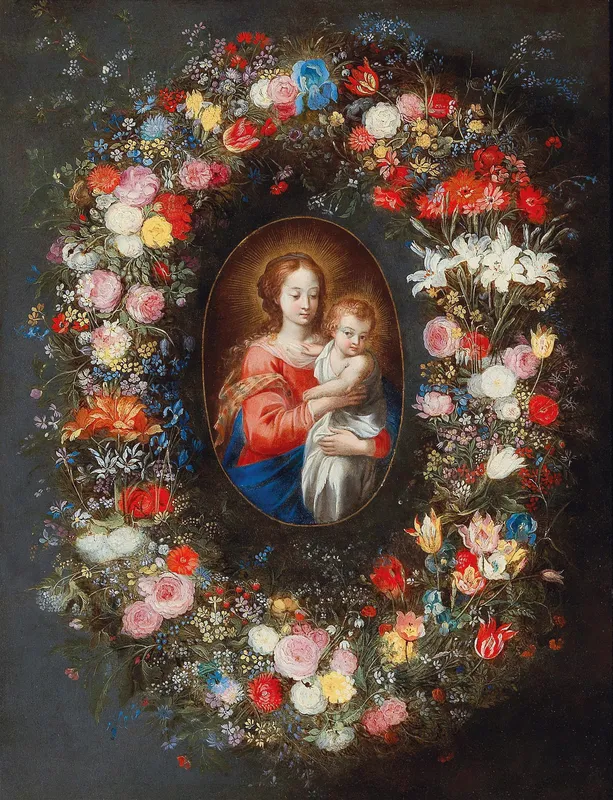
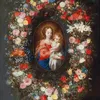
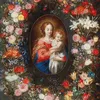
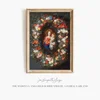
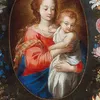
About the Artist
Jan Brueghel the Younger, a prominent Flemish Baroque painter, was born into a dynasty of artists in Antwerp on September 13, 1601. As the eldest son of Jan Brueghel the Elder and grandson of Pieter Bruegel the Elder, he was steeped in a rich artistic heritage from birth. His early training under his father laid the foundation for his future success. At just fifteen, plans were made for him to travel to Italy under the patronage of Cardinal Federigo Borromeo, a journey he embarked on in 1622. This Italian sojourn, which included stays in Rome, Genoa, Palermo, and Malta, was cut short by his father's death, prompting his return to Antwerp in 1625. There, he took over his father's workshop, completing unfinished works and selling his father's paintings, while also establishing himself as a master in the Guild of Saint Luke and becoming an active member of the rhetoricians' chamber De Violiere.
Brueghel the Younger's career was marked by prolific output and collaborations with notable contemporaries, including Peter Paul Rubens, with whom he worked on several significant pieces. His workshop became a hub of artistic activity, employing numerous assistants and fostering collaborations with artists like Hendrick van Balen and Adriaen Stalbemt. His marriage to Anna-Maria Janssens in 1626 further integrated him into Antwerp's artistic community. Brueghel's work, often characterized by detailed landscapes and mythological scenes, continued the family tradition while contributing to the Baroque movement's evolution in the Southern Netherlands. He passed away in Antwerp on September 1, 1678, leaving behind a legacy that bridged the Brueghel family's artistic achievements with the broader currents of Flemish Baroque painting.
Master’s Palette
Reveal the unique color story behind each piece, helping you delve into the artistic essence, and spark boundless inspiration and imagination.
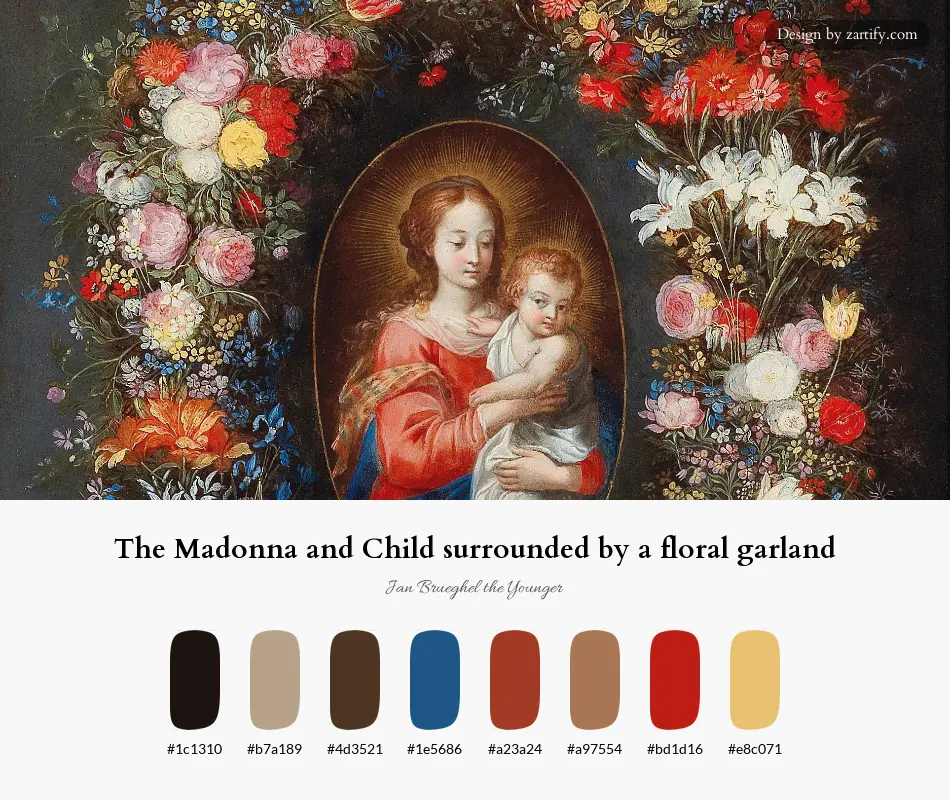
Bring the captivating colors to your project. Click to copy!
#1c1310
#b7a189
#4d3521
#1e5686
#a23a24
#a97554
#bd1d16
#e8c071


 (c. 1380-1390)-full.webp)
-full.webp)
-full.webp)
-full.webp)
-full.webp)
-full.webp)